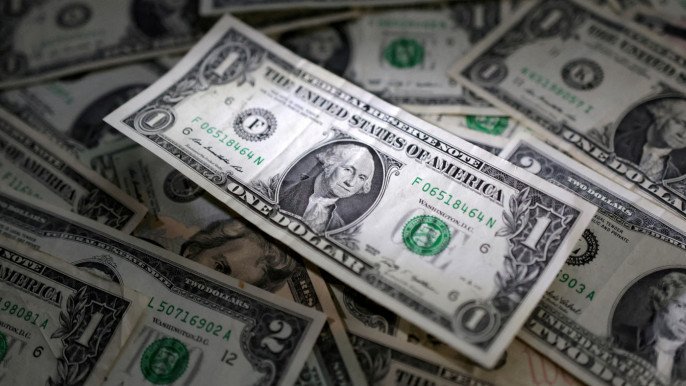Importers open LCs at a maximum rate of Tk128
Dhaka office: The dollar rate for remittance surged to Tk123, defying all efforts to control it, just one day after the official rate was reduced for the second time in a week to Tk109.75.
Several senior bankers said some banks purchased remittance dollars at rates as high as Tk123 on Thursday, exceeding the previous day’s maximum of Tk121.50 to Tk122.
While a number of banks acquired remittance dollars at rates of Tk118 to Tk119, the volume of these transactions was lower than usual.
On 23 November, a day after the Association of Bankers, Bangladesh (ABB) and the Bangladesh Foreign Exchange Dealers Association (Bafeda) announced a reduction in the remittance dollar rate by Tk0.50, breaking a trend of over a year of steady increases, banks, instead of decreasing the rate, offered Tk3 higher rates than the previous day to fulfil the growing demand.
The dollar rate for remittances rose to a record Tk124 on 7 November.
In a circular on Wednesday, the two top bankers’ associations announced the reduction of the remittance dollar by Tk0.25.
It also mentioned that the dollar rate was set for exports and remittances at Tk109.75. The rate for import settlement was set at Tk110.25.
Banks will implement the latest decision starting next Sunday.
Earlier, on 22 November, the exchange rate was reduced by Tk0.5 to Tk110 per dollar on imports and Tk110 on exports and remittances.
Bafeda has verbally instructed banks to offer a maximum incentive of 2.5% from their own funds beyond the specified rates. Accordingly, banks can purchase dollars at a maximum rate of Tk112.50. But they are currently buying at least Tk10 higher than this rate. The central bank’s reporting of dollar rates, however, appears to be low.
Banks are supposed to sell dollars at the Bafeda-fixed rate, but they are collecting this additional rate from importers. As a result, the efforts to keep the dollar rate low to control inflation are not succeeding, according to bankers.
According to importers, the dollar rate for opening LCs has also risen to a high of Tk128.
One of the country’s leading edible oil importers mentioned that an LC of around $60 million was opened a week ago, and a dollar rate of Tk127.95 has to be paid to settle these sight LCs from the bank.
A policy-making official of the company told TBS, “We now have to deposit a 120% cash margin in the bank in addition to paying higher rates for opening LCs. Banks are keeping more margin from us with the argument that the price of the dollar will increase in the future. When visiting banks to open LCs, we are forced to pay a higher margin due to not getting enough dollars.”
The official also noted that LC confirmation charges and dollar interest rates have increased much more than before, and this cost escalation ultimately impacts the prices of imported goods, leading to an increase in the cost for consumers.
A member of Bafeda’s executive committee and managing director of a bank said, “We inform banks of the instructions given to us by the central bank through the meeting. The Bangladesh Bank wants the dollar rate to be increased every month; remitters and exporters should come out of this trend. However, we do not see any impact on the market. There are not many dollars available at Bafeda-fixed rates.”
An official of an exchange house that deals in remittance dollars to banks said, “We are currently seeing an upward trend in remittance dollar rates. On Thursday, we bought dollars at Tk122.80 and sold remittances to banks at Tk123. But I have heard that some remittance aggregators are getting higher rates from banks.”
An official of another influential exchange house said that when the dollar rate increases in the Hundi channel, remittance dollars are collected at a higher rate to compete with them.
“So we are also forced to increase the rate. As we have seen in past experience, if the dollar rate of remittances increases, the inflow of remittances also increases. Many times, banks want to take dollars from us, even at a higher rate. This is also a major reason for the rise in rates,” he added.
A policy-making officer of a private bank said not many remittances are available at the rate set by Bafeda. However, many banks have high deferred LC payments and overdue payments. To make these payments, they collect remittances at higher rates.
According to data from the central bank, remittances have reached $1.49 billion in the country till 24 November. Earlier in October, remittances came in at $1.98 billion.

